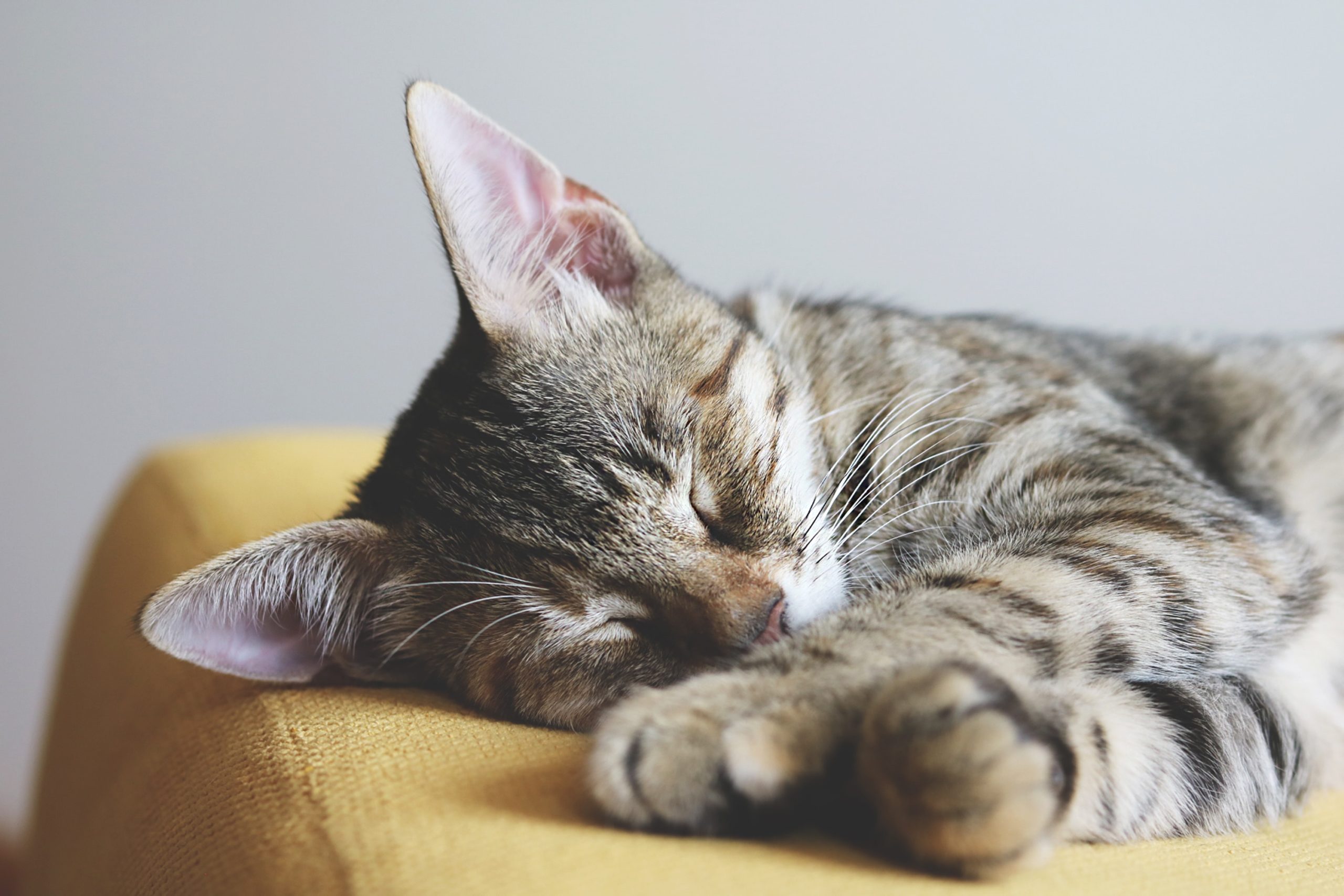Natural Death vs Euthanasia

Natural Death vs Euthanasia
Because of the progress in veterinary medicine, our pets are living longer than ever before. As age increases, we become more likely to develop chronic illnesses like cancer, organ failure, arthritis, neurologic disease, and cognitive decline. These diseases typically have a prolonged and gradual decline. As they progress, they require more and more intense care and support to maintain an acceptable quality of life. In most cases, these diseases lead to disability, frailty, and more intense pain, difficulty breathing, nausea, or distress that exceeds our ability as caregivers to provide adequate nursing care and support (either emotionally, physically, financially, or a combination). At this point, most families elect a humane and gentle passing to help their pets transition to death through euthanasia with a veterinarian. We usually choose euthanasia before active dying begins, and most of the signs of active death are absent from euthanasia.
Sometimes active dying begins unexpectedly, and we are not able to provide euthanasia before natural death unfolds.
Early signs of dying (a few hours to a few weeks before death) include:
- Weight loss
- Weakness and spending most of their time asleep, only waking for 1-2 hours at a time
- Withdrawn or hiding, choosing to be alone
- Refusing food or water
- Difficulty swallowing
- Confusion and restlessness
- Changes in breathing
- Cool extremities (toes and ears)
Many of these symptoms can also be a sign of pain (hiding, not wanting to move or restlessness, and changes in breathing), or nausea (refusal of food and weight loss), so work closely with your veterinarian to make sure your pet is comfortable and receiving adequate palliative care.
As we get closer to the final hours or minutes of active dying, we often can see:
- Loss of consciousness or severe agitation and restlessness
- Brain stem breathing, reflexive breaths, or “agonal breaths”—brief spasm-like inhalations
- Stretching of the body and limbs, causing the legs to extend and the head and neck to bend up and backward (opisthotonos)
- Mouth opens, and tongue sometimes protrudes
- Cold extremities
- Pale or bluish color to mucous membranes
- Release of urine and bowels
- Muscle twitching
- Eyes glaze
- Breathing ceases (apnea)
Sometimes we do see signs of active death if euthanasia is elected after active dying has begun. Signs of active dying are our body’s natural responses or reflexes to circulatory failure, most of which occur after the loss of consciousness. They are not typically an expression of pain or distress but more like a reflexive process of shutting down and releasing energy. Some of these signs, such as the release of urine and bowels, muscle twitching, and cessation of breathing, are expected and occur quite often with euthanasia.
When our veterinarians provide euthanasia for a pet and a family, we make every effort to gently transition the pet through death by first providing a smooth and gradual loss of consciousness with a heavy sedative. Once fully unconscious, we use an overdose of an anesthetic drug that first deepens the anesthesia of the brain and brainstem, causing cessation of breathing, followed by cardiac arrest a few minutes later. This typically results in a very peaceful and painless loss of consciousness. By fully anesthetizing the brain stem first, we do not typically see some of the dramatic changes in breathing, stretching of the body, or other signs of active dying caused by decreased oxygen to the brain.
